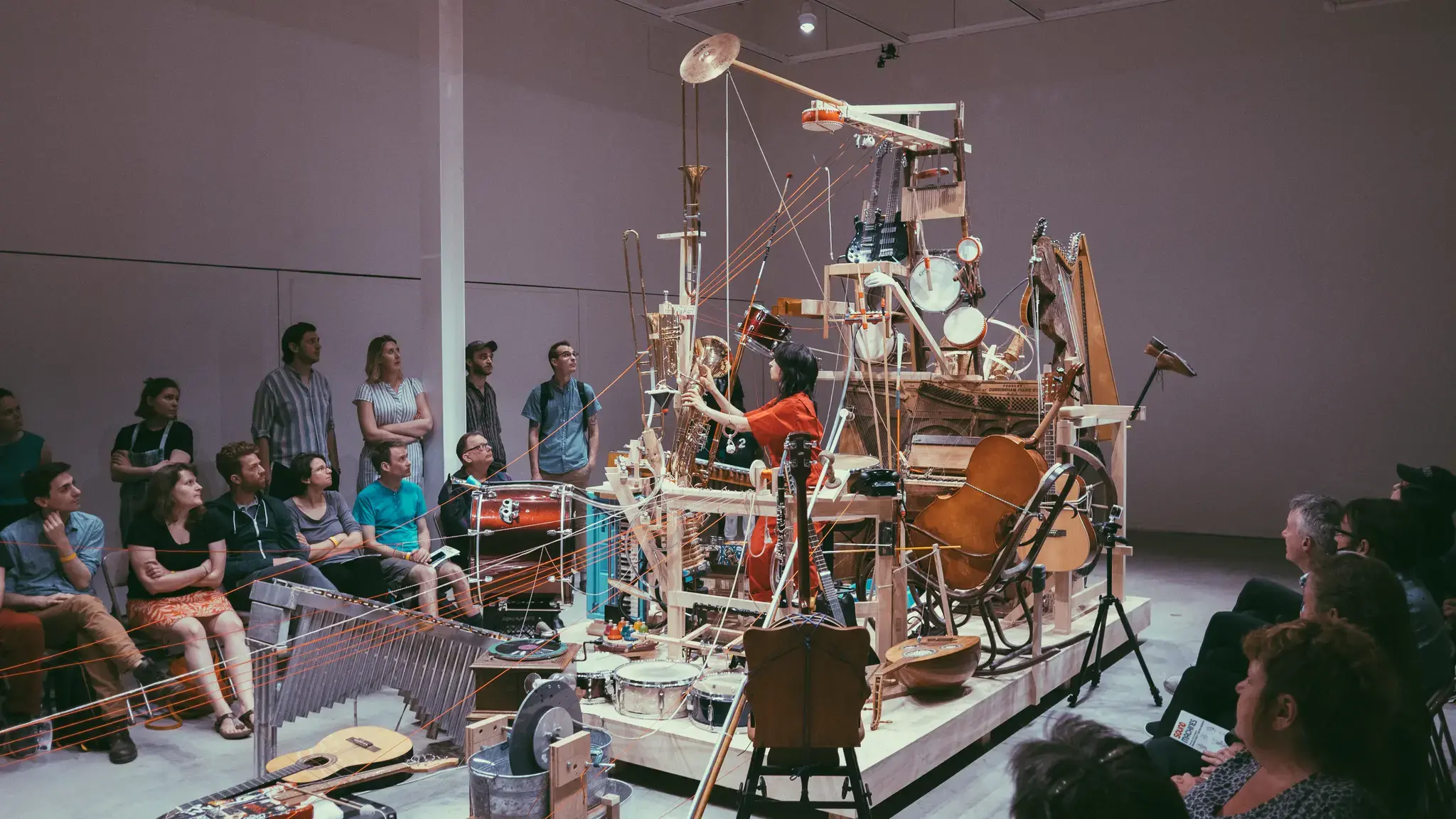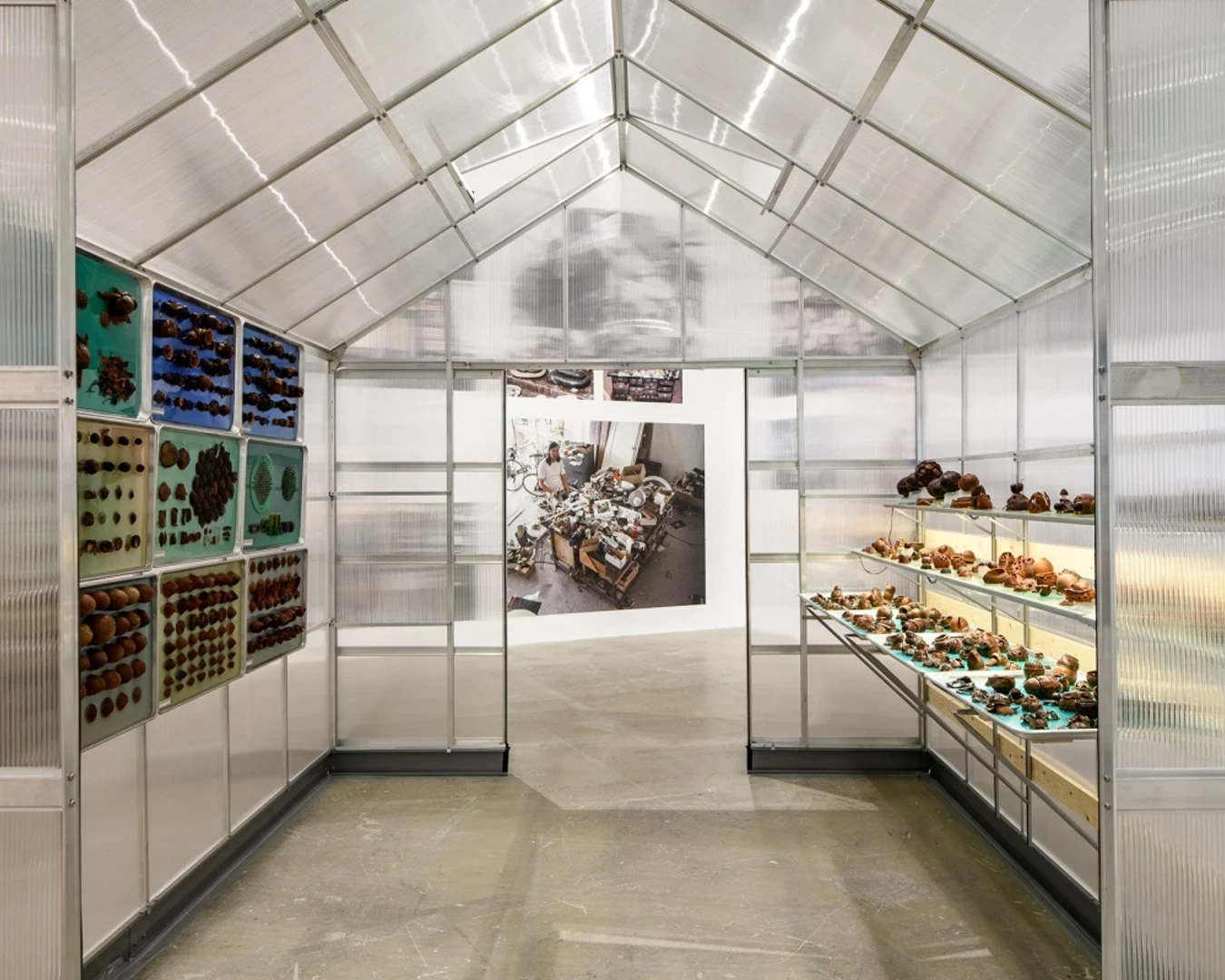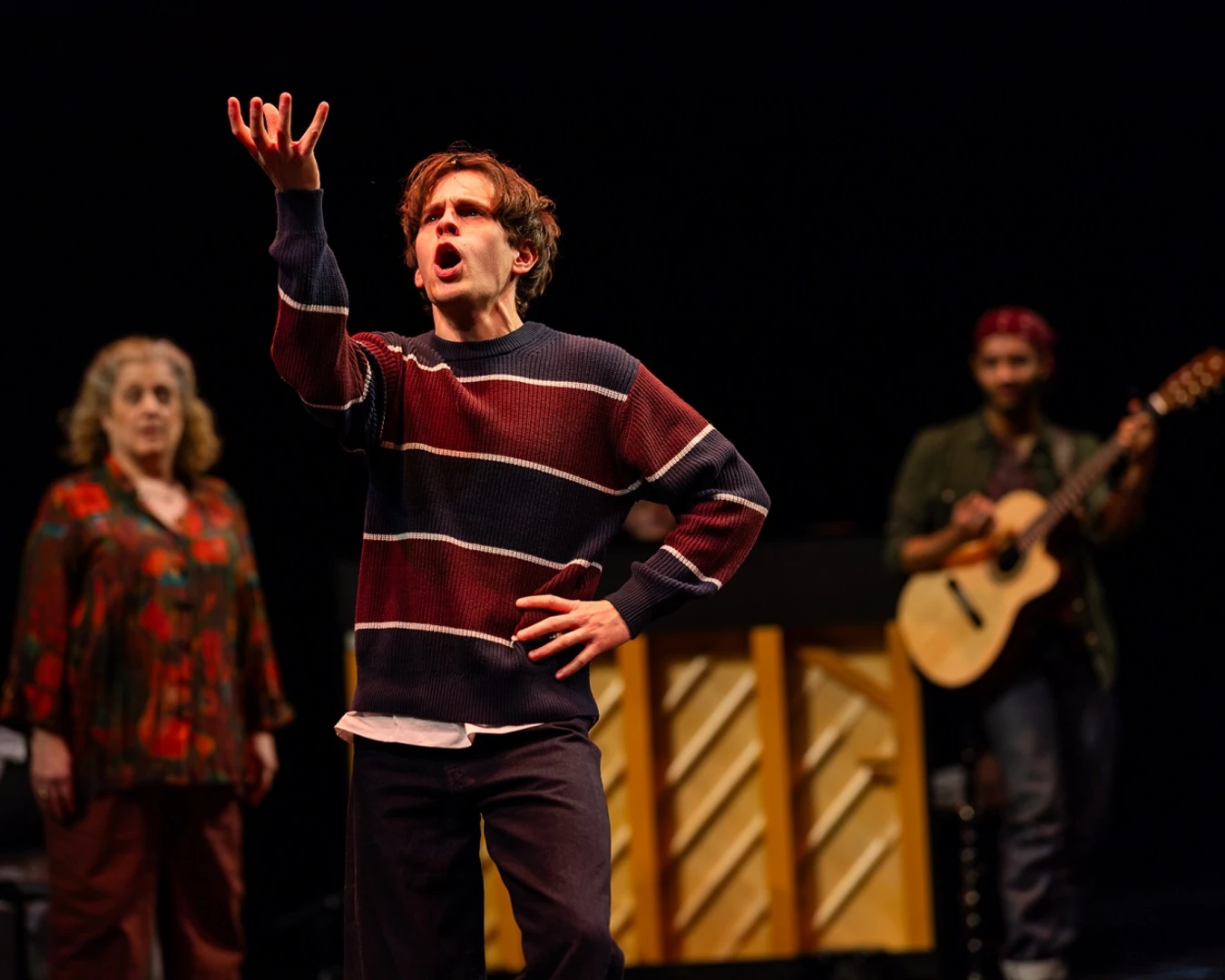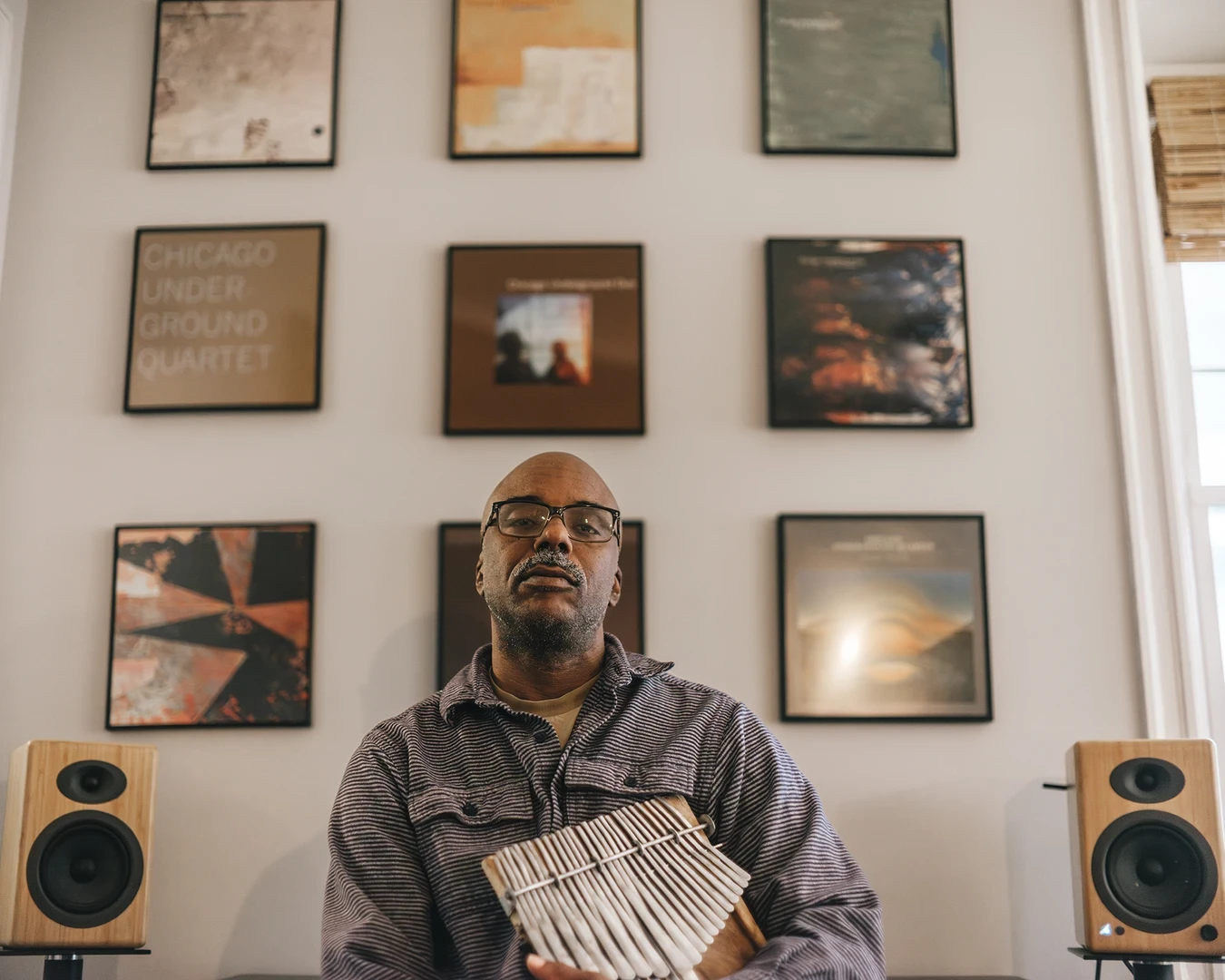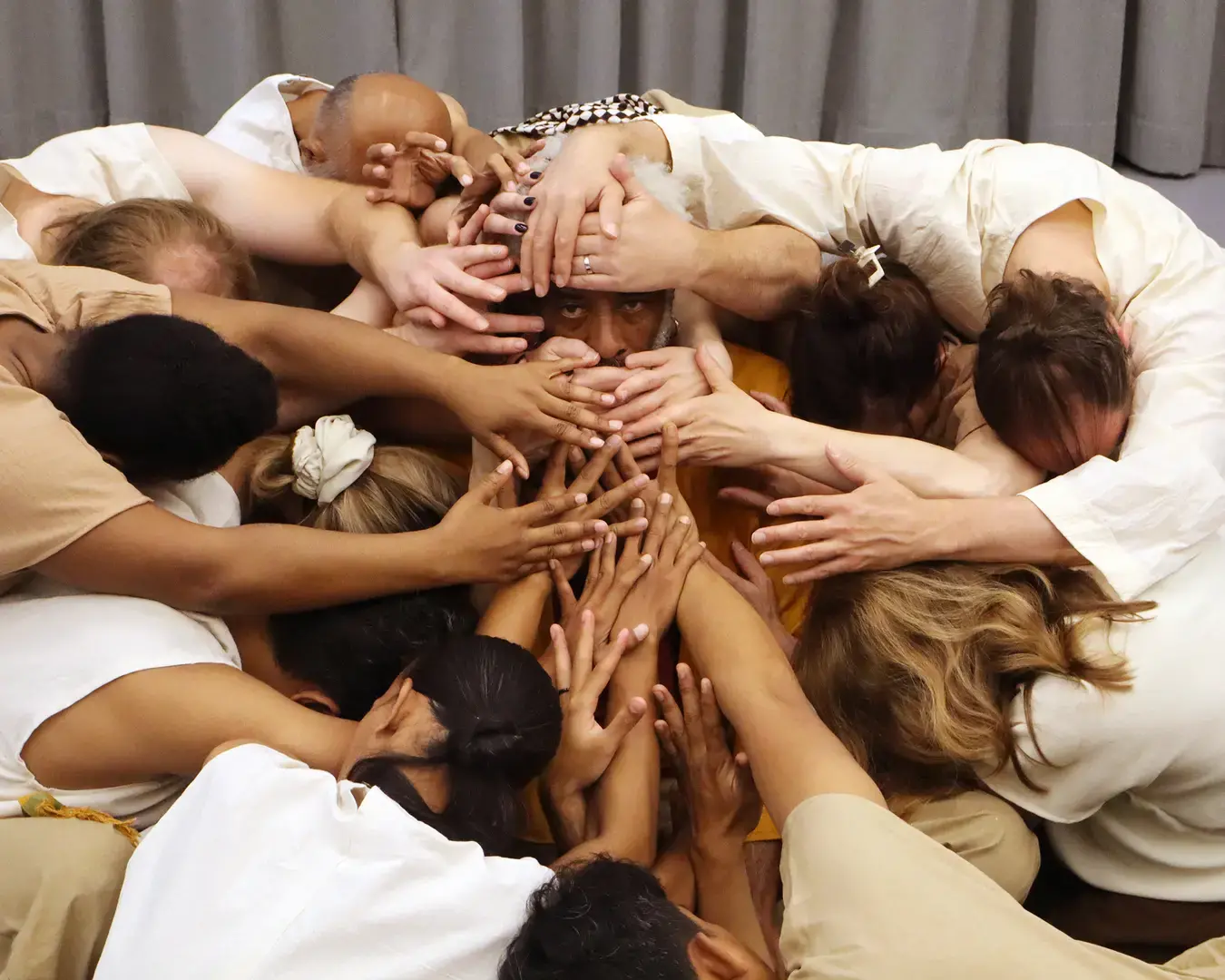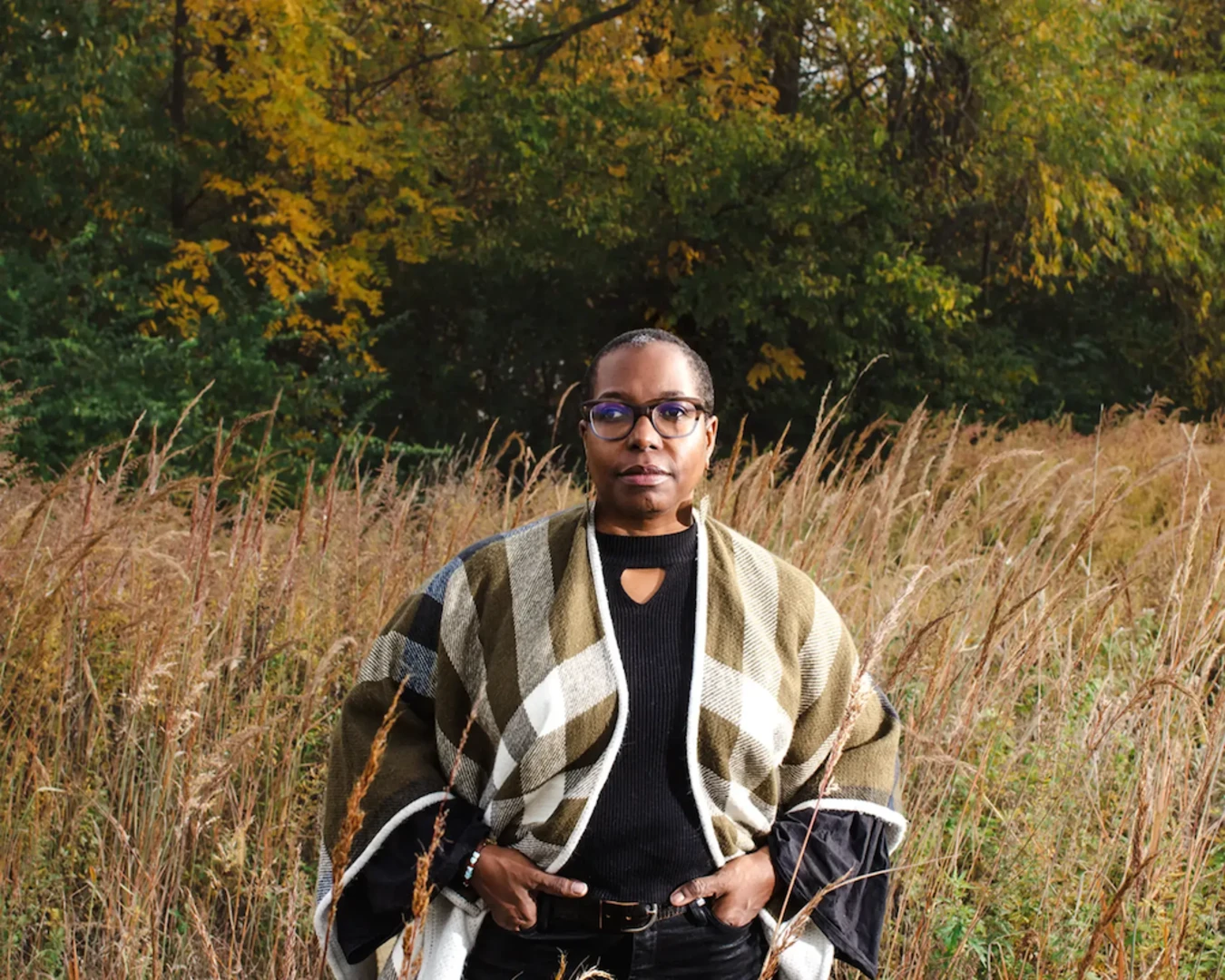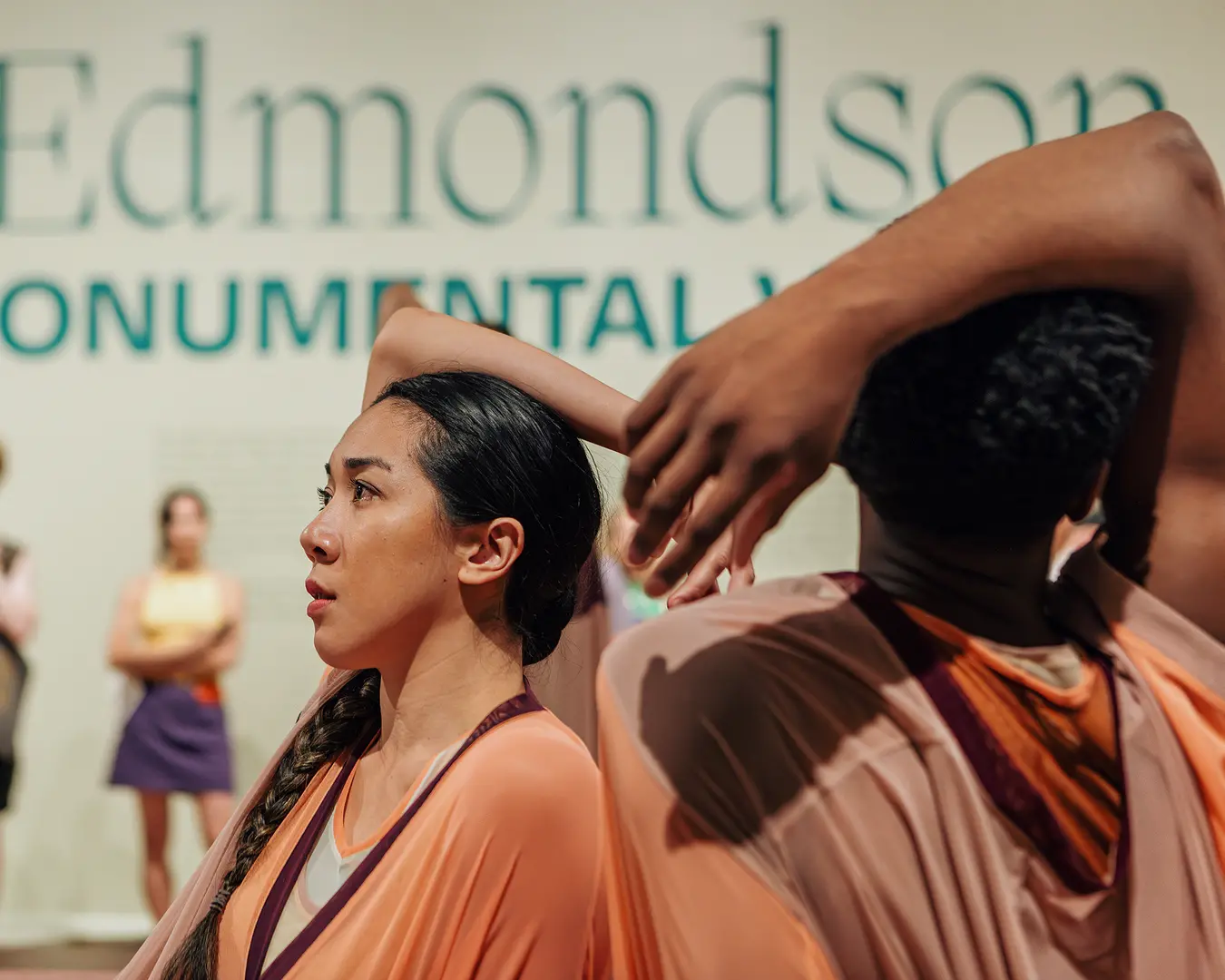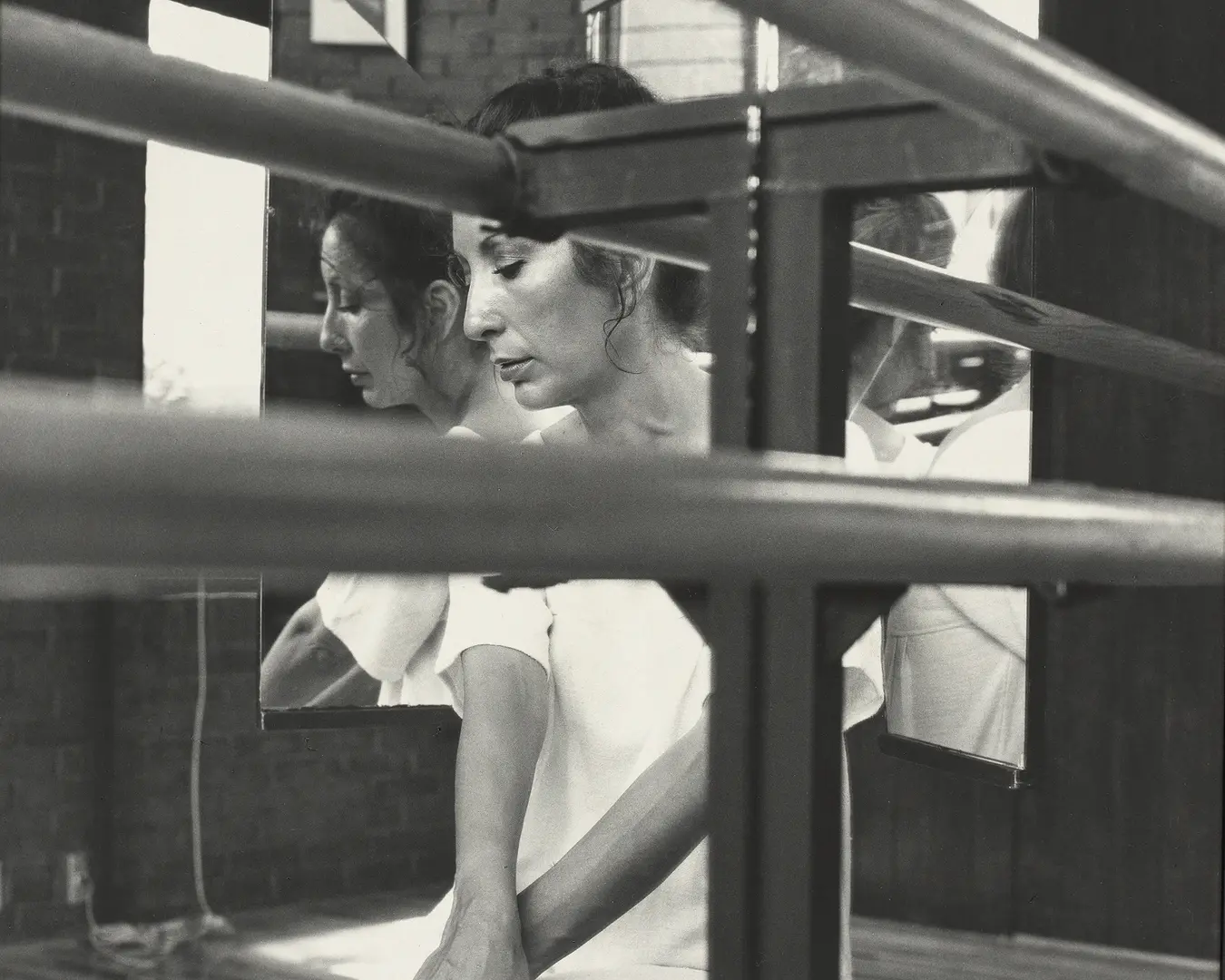How are cultural leaders and practitioners addressing artistic and organizational challenges today? And how do they make room for creative and institutional growth, while facing shifting audience expectations and consumer behaviors? In this series of interviews with Center grantees, we offer a look inside the organizational and artistic practices of many of Philadelphia’s leading cultural institutions and practicing artists, their distinct characters, aspirations, and more.
Here, we speak to Dustin Hurt, founder and director of Bowerbird, whose Center-funded project, Sound Machines: Kagel's Zwei Mann Orchester, was on view in May of 2018 in an exhibition and performances at Drexel University’s Pearlstein Gallery. The centerpiece of the exhibition was a large-scale kinetic sound sculpture conceived by Kagel that utilizes orchestral instruments, and household and found objects, connected through a network of levers and strings to encourage the viewer to imagine the hidden sound potential. This edition marked the US premiere of the work and only the fourth version ever created.
In the interview that follows, Hurt talks with us about his interest in experimental music and Bowerbird’s various cross-disciplinary projects.
How would you describe your organization’s character or personality? What distinguishes Bowerbird from other presenting organizations in our area?
Bowerbird presents experimental, outsider, avant, unknown, forgotten, futuristic, and rediscovered types of music. Like many founder-driven organizations, Bowerbird is certainly a reflection of myself—of my wide-ranging curiosities, my desire to touch on a range of topics, but also to go deep on some.
I am very interested in changing the discourse around experimental music beyond tired tropes like "cutting edge." I like to think about the sound world of experimental music as something that can be integrated into our daily lives—and that this is historically recurrent and cross-culturally practiced.
I see Bowerbird as part of an ecosystem and I'm always looking for ways in which we can contribute to the community overall. Fortunately, there's a vibrant arts community in Philadelphia, and lots of organizations doing great work. This gives me the opportunity to steer Bowerbird into the lesser navigated waters. We try not to needlessly duplicate the work of others, and we are always on the lookout for potential collaborations. I'm definitely in the "rising tide raises all boats" camp.
Your Center-funded project Sound Machines explores the interplay between sound and object, performance and sculpture, and as you say on your website, encourages the viewer “to imagine the hidden sound potential.” How is the project shaping the ways in which you think about the audience experience?
Kagel's Zwei Mann Orchester is not just about the sound, or the way it looks, but the relationship between the visual and the sonic—and playing with that relationship—often in humorous ways.
Zwei Mann Orchester is made up of dozens of individual "sound machines." The poetic concept behind the work is this wonderful idea: What would it look like if just two people could play all of the sounds of the orchestra? All of the instruments of the world? All of the sounds of the world?
Kagel’s score for the work is generally very open-ended. For example, while there are a few suggestions for instruments given in the score, all of them are designed and built by our team: Andy Thierauf, Ashley Tini, Scott Kip, Neil Feather, Yona Davidson, and myself. On the other hand, Kagel does give some interesting creative limitations. For example:
1) The audience should both see and hear a general impression of the full orchestra. This requires us to think about the instruments both sonically and visually, and it requires us to chase down as many instruments of the orchestra as possible
2) The whole machine is limited to three platforms. Each performer has a 12' x 8' platform, as well as a 6' and 6' platform in the middle. The limited footprint requires us to build upward, which generally creates unusual situations, like a harp on top of a piano. This in turn highlights the sculptural qualities of the instruments.
3) The performers may not stand up or move from a seated position. This is the parameter in the score that causes everything to be linked by strings and levers. This "limitation" often highlights the physical aspects of a sound’s production and gives us the chance to play with these parameters. For example, moving the cello instead of moving the bow.
Both Sound Machines and your previous Center-funded project Julius Eastman: That Which is Fundamental have incorporated performance and visual art installations. How have these cross-disciplinary projects influenced the way you approach your work as a presenter/curator?
Bowerbird has been multidisciplinary since its inception. Dance was present during our first events. We presented Xavier Le Roy's More Mouvements für Lachenmann back in 2011, and we had a major collaboration with the Philadelphia Museum of Art on John Cage around its Dancing Around the Bride exhibition.
I think what is unique about my approach to cross-disciplinary projects is that I am interested in exploring what another discipline can help me learn about my home discipline, music. I believe that the best projects do this for the audience as well, by bringing a new perspective to whatever their background or home discipline may be.
You’ve collaborated with artists internationally. Outside of the region, where do you look for inspiration? Who do you see as your peers and why?
I just got back from Berlin, where I participated in a number of events related to Julius Eastman organized by MaerzMusik and Savvy Contemporary. I feel that their artistic directors, Berno Odo Polzer and Bonaventure Soh Bejeng Ndikung, are leading some really interesting work around not just cross-disciplinary projects, but also experimenting with concert formats and spaces.
Do you have other upcoming projects that you’re particularly excited about?
We are just about to announce the lineup for our summer Double Decker Music Series. This is a series we organize with Sebastian Petsu, where the concerts happen on top of a double decker bus as it’s driving around the city. It has to be the best way to spend a summer evening.
Also in June, Bowerbird's resident new music group, Arcana, has two concerts: June 8, featuring the music of James Tenney, and on June 30, we're doing a program featuring the music of Moondog.
